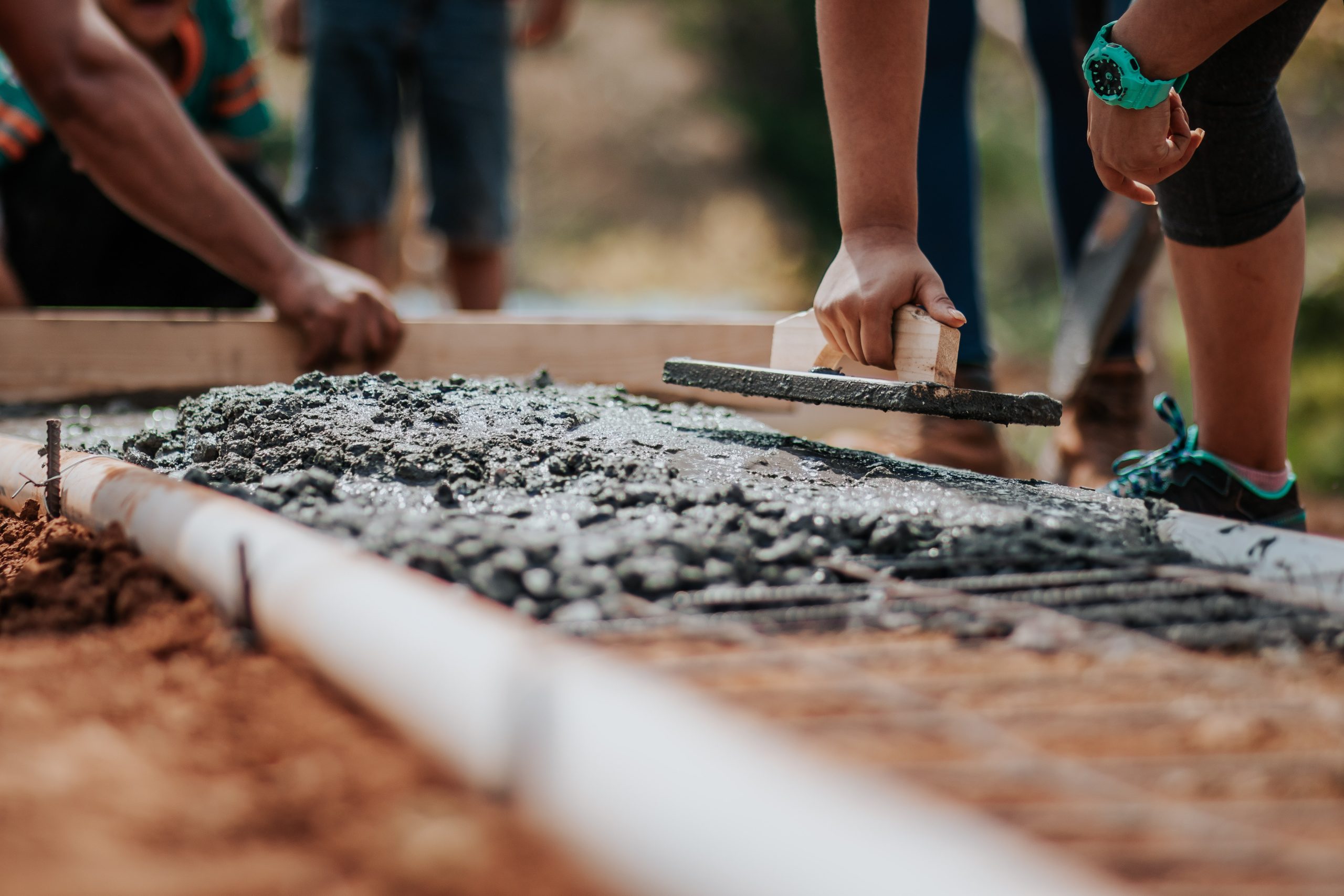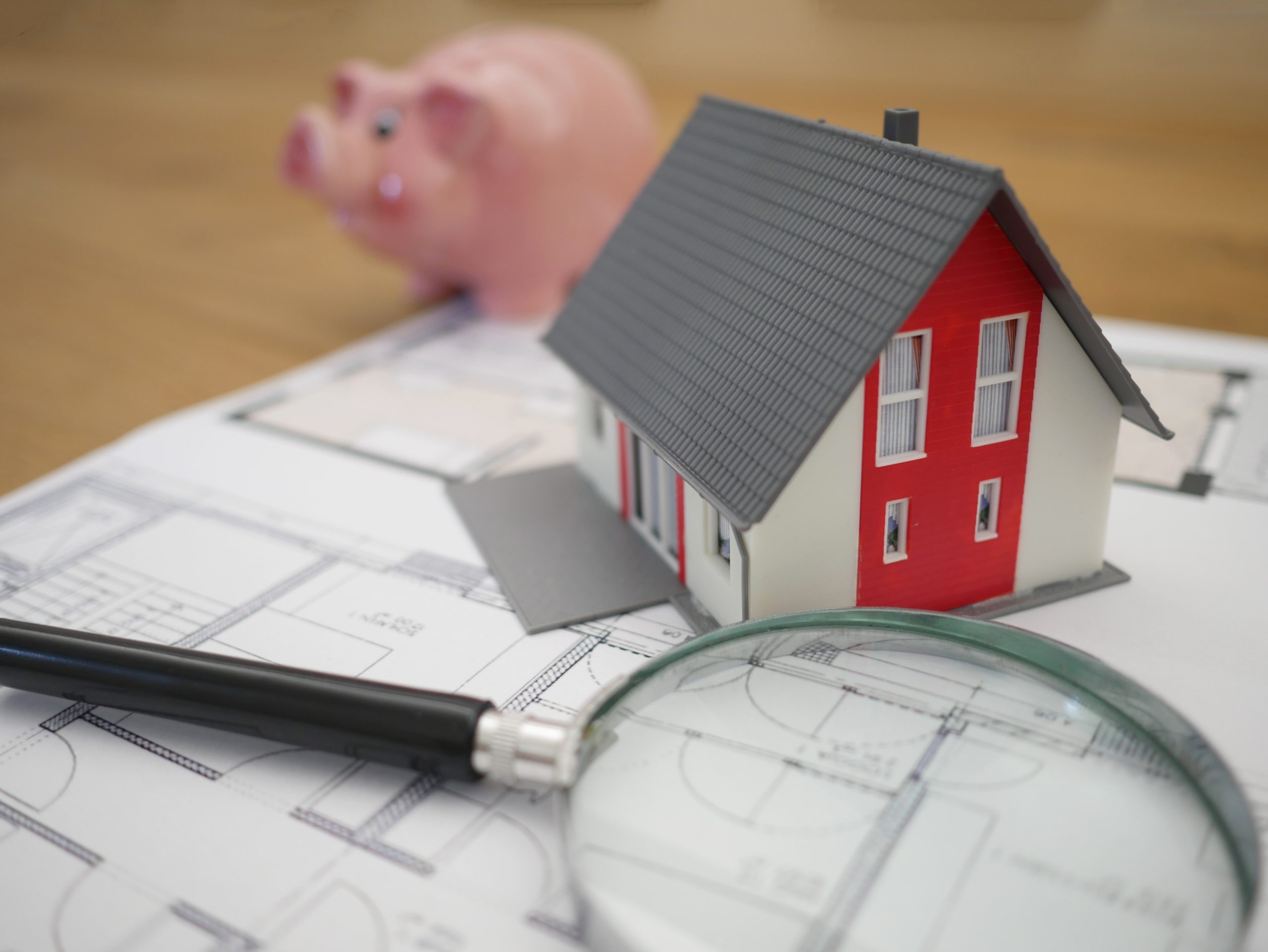The foundation starts to collapse when there is no long-term planned maintenance or when there are heavy loads. The owners may decide to fix the foundation themselves if the walls are sturdy enough. By doing so, it is possible to work longer hours while also saving money. The home foundation needs to be strengthened in two situations: when structural deformation is noticed, and when additional floors are intended to be built. Before beginning work, a thorough inspection of the property is required. This includes determining the extent of foundation damage and the likelihood of further damage in the near future. Your home’s foundation might need repair without you even being aware of it. Here are some of the most common signs that your home needs foundation repair as soon as possible.

Reasons Your Home Needs Foundation Repair
The foundation of a house can be destroyed for a variety of reasons. One of the main ones is a calculation of the load on the footing that was initially made incorrectly. Large-scale nearby earthworks may also cause damage to the home’s foundation. Some businesses might disregard the foundation construction because of the volume of work and the short deadlines. If the ground freezes due to high temperatures, the foundation may also be harmed.
Another factor is inadequate waterproofing, or a lack thereof. Excessive cost-cutting during construction, such as the use of subpar building materials, can result in foundation damage. Changes in soil characteristics since the facility’s construction also have a big impact on the house foundation. Constant shaking of the nearby railroad’s house and improper facility operation, such as wintertime heating issues, are also common reasons. Increased foundation pressure as a result of home renovations or construction can also be added to this list.

Another reason could be a lack of drainage or improper construction. In addition to everything mentioned above, the environment also has an impact. This includes very long rainstorms, heavy snowfall, abrupt warming, and temperature changes. As a result, processes of soil uplift take place, and groundwater levels rise. If the issue is in the soil, even the best-built and reinforced foundations cannot guarantee that the building will not crack. There are many causes of ground movement. Cracked walls are the first sign that there is a problem with a building’s stability. In particular, the foundation on the underlying soil supports each building. The foundation will transfer any movement in the soil beneath the building to the structure, which will eventually cause cracks in the walls to appear.
1. Exterior Signs of Foundation Damage
Grid-shaped and star-shaped cracks typically signify poor plaster or material performance, whereas vertical “V,” horizontal, or oblique, mostly continuous cracks signify different foundation settlements and are not safe. Every building collapse began with the tiniest crack of that kind that was neglected. Experts or qualified services should be contacted right away if it moves quickly, especially if the building is on a slope and there is a possibility of a landslide. However, even if the crack develops gradually, the issue is not insignificant because, in the long run, it may result in greater wall damage, later difficulties opening windows and doors, and ultimately instability.

The following external indicators can demonstrate the need for strengthening the building’s strip foundation: the vertical cracks that have suddenly developed. They indicate that any part of the foundation that was unable to support the weight started to sink further (“pull” the wall behind it), or that the foundation started to collapse as a result of other factors. The cause is the gradual sinking of the entire structure or a portion of it into the ground without cracks. The foundation started to sink smoothly into the ground below the intended level due to what was likely an incorrect calculation of the width of the bottom of the foundation.
Even with the untrained eye, it is simple to spot obvious signs, such as distorted areas of the floor. Additionally, the ground level may change, and dips may form around the base. One of the indicators could be the development of flaws in the home’s exterior or its destruction. Additionally, keep an eye out for any cracks that develop in the walls and basement, as well as any localized minor damage to the building or its surroundings.
2. Unvisible Foundation Damage
When an object has a well-designed and executed AB skeleton and exceptionally strong foundations or foundation slabs, it is sometimes possible for the object to tilt even without the presence of cracks. It can sometimes be felt as well as measured. It is possible to see how the object is separated from nearby structures such as stairs, sidewalks, and other buildings. In some circumstances, the floors may also settle, which typically indicates that the material below is not sufficiently compacted. Buildings on slopes and the appearance of slipping indicators, such as longitudinal soil cracks or leaning trees, should receive special attention. It is more challenging when the defect is invisible; in this case, specialized tools are required. Call a specialist, though, if at least one thing worries you, like a section of decorative plaster on the base or facade that has peeled off or a small amount of soil erosion around the house. You will be shielded from more severe repercussions as a result. Experts will quickly identify the root cause and offer suggestions for fixing it. And if you choose to, you can find a solution.
Making only cosmetic repairs without investigating the root of the cracks’ emergence would be a mistake. Even worse is the common practice of simply covering a cracked wall or facade with styrofoam or Knauf to insulate heat. Additionally, because of the damage that the water has already caused, it is frequently insufficient to perform tasks like the rehabilitation of the sewage system. Subsidence will then progress as a result of the soil’s abrupt drying out. Problems with land subsidence can be resolved in several conventional and contemporary ways. Don’t overlook these signs of a foundation that needs to be repaired.